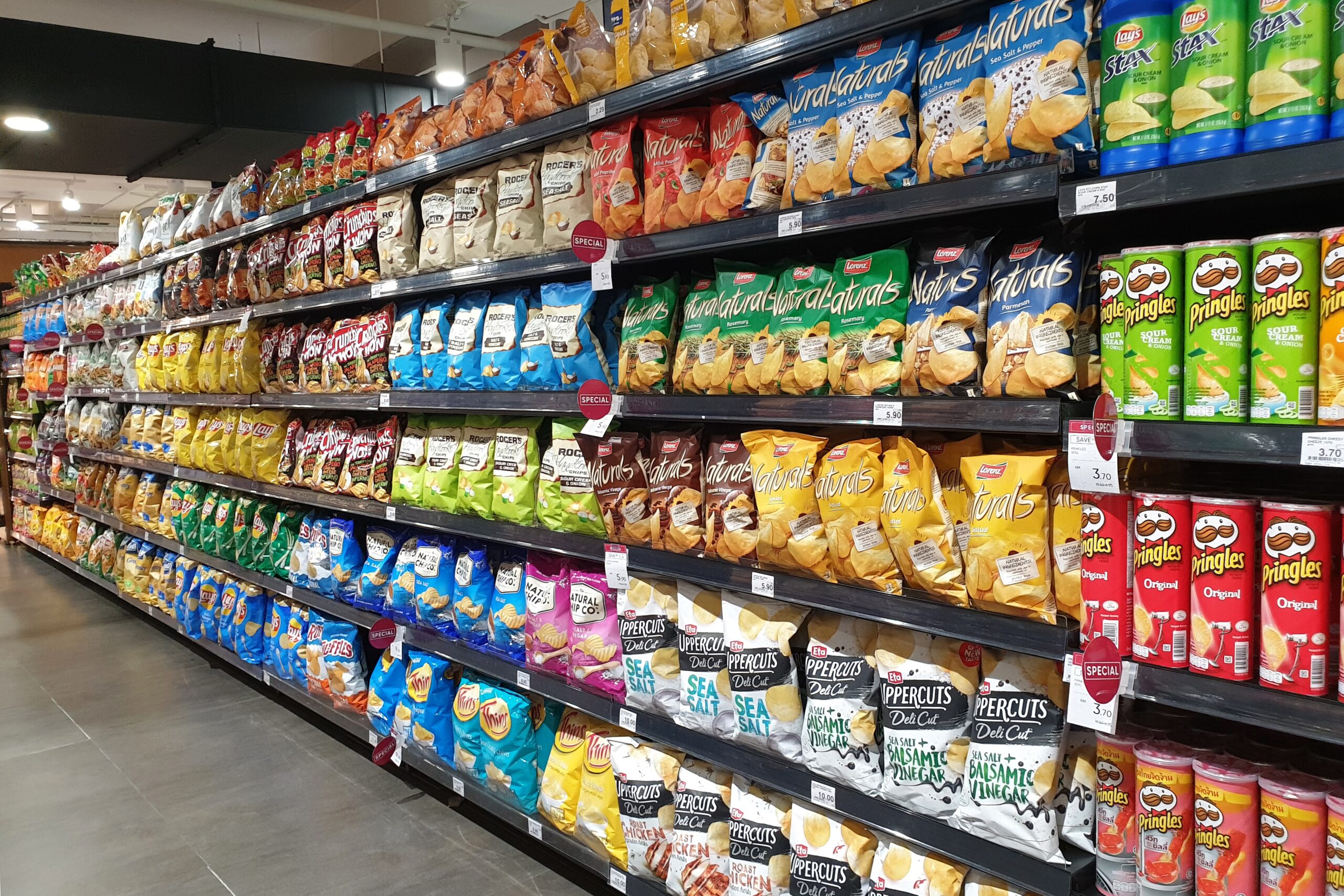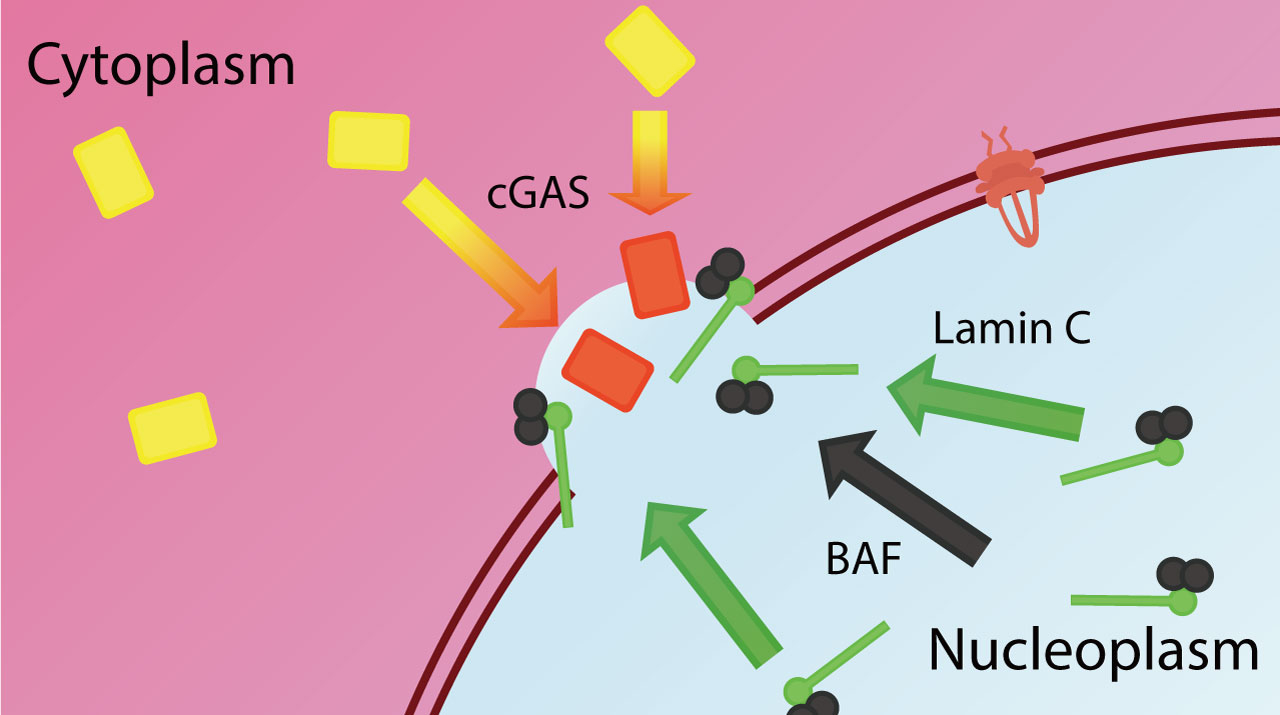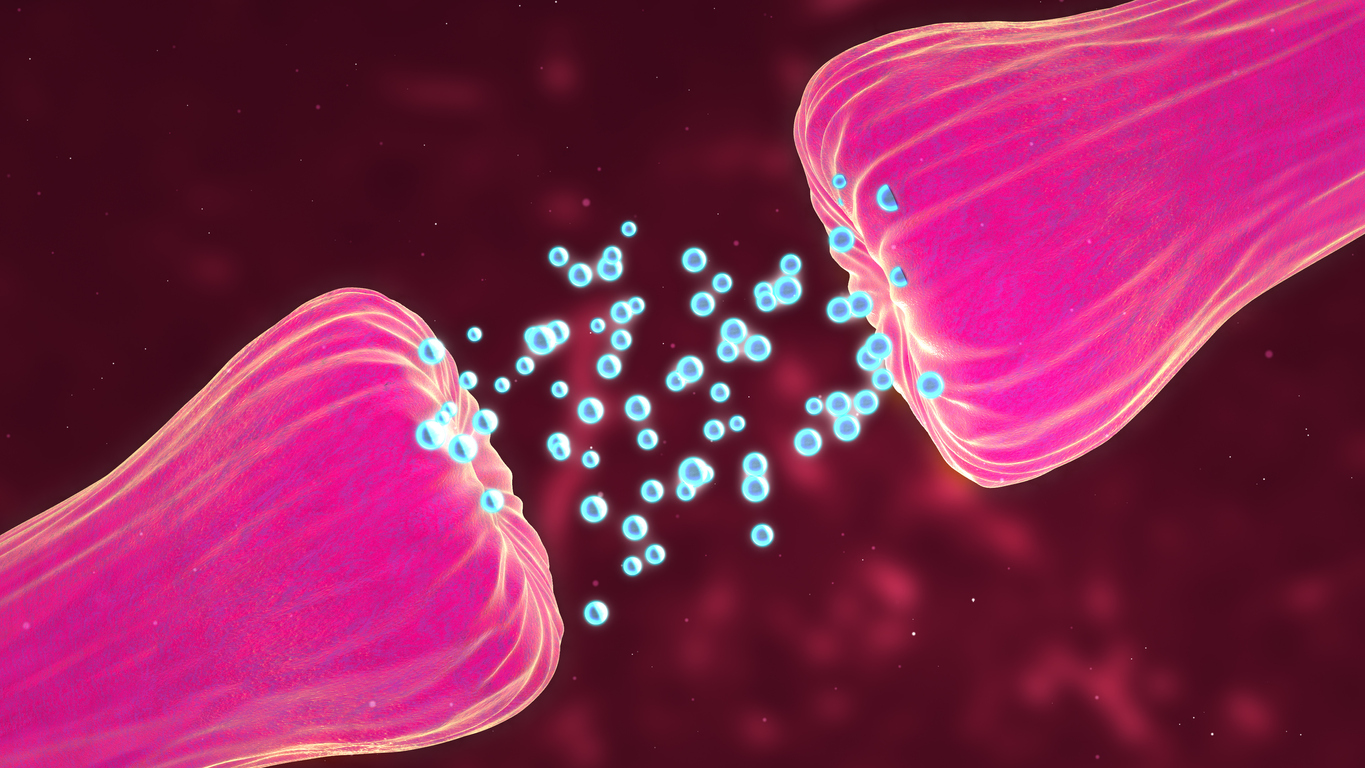Curcumin, a natural molecule related to turmeric, has been used to treat cancer patients in cancer clinical studies. While it has documented antitumor effects, challenges involving its chemistry have caused drug development to lag.
Now, a team of researchers at Kyoto University has developed a prodrug form of curcumin, TBP1901, that has shown anti-tumor effects without toxicities.
“Curcumin has long been used as a spice or food coloring, so we expect to see minimal side effects,” says lead author Masashi Kanai.
The natural polyphenol curcumin has shown promising efficacy with tumors in a number of preclinical models. Such studies have reported anecdotal evidence with cancer patients of curcumin’s effect in oral form.
However, until now the poor bioavailability and low stability of curcumin have been roadblocks to its clinical application.
Kanai’s team has found a possible detour around the problem by deductively identifying the enzyme GUSB for its key role in TBP1901 conversion to curcumin. The researchers hypothesized that this conversion would not be observed in mice with genetically impaired GUSB. They also confirmed, using a CRISPR-Cas9 screen method, that curcumin also has essential therapeutic targets.
“The high conversion rate of TBP1901 to curcumin in bone marrow warrants its clinical application for diseases growing in the marrow like multiple myeloma and leukemia,” notes Kanai.
Story Source: Original press release by www.kyoto-u.ac.jp. Note: Content may be edited for style and length by Scible News.
References.
Tomoyuki Abe, Yoshihito Horisawa, Osamu Kikuchi, Hitomi Ozawa-Umeta, Atsuhiro Kishimoto, Yasuhiro Katsuura, Atsushi Imaizumi, Tadashi Hashimoto, Kotaro Shirakawa, Akifumi Takaori-Kondo, Kosuke Yusa, Tadashi Asakura, Hideaki Kakeya, Masashi Kanai. Pharmacologic characterization of TBP1901, a prodrug form of aglycone curcumin, and CRISPR-Cas9 screen for therapeutic targets of aglycone curcumin. European Journal of Pharmacology, 2022; 935: 175321 DOI: 10.1016/j.ejphar.2022.175321
Cite this page.
“Spicing it up: Pro-drug curcumin shows clinical potential in mice”. 31/10/2022. Scible. Scible News. Accessed at: https://news.scible.com/spicing-it-up-pro-drug-curcumin-shows-clinical-potential-in-mice






